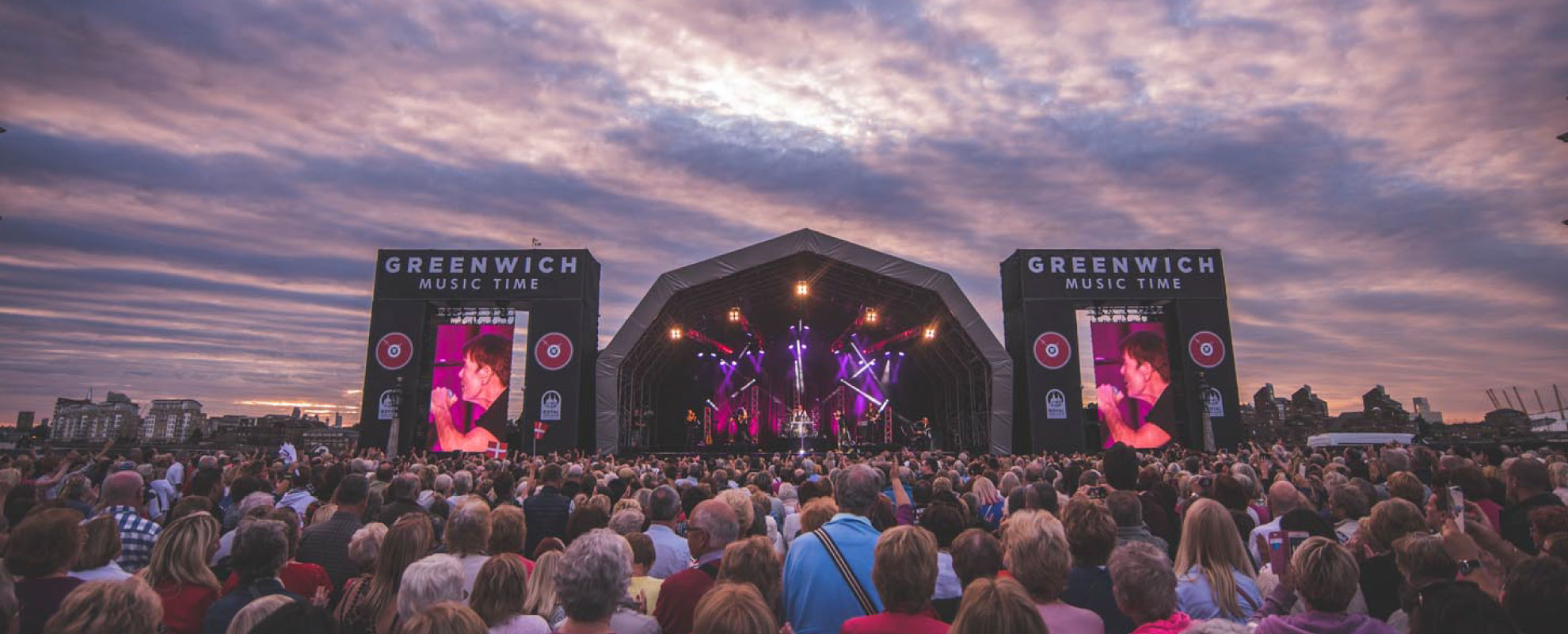Perfecting the Craft of Seamless Film Projection on Curved Surfaces for Stunning Graphic Audience Experiences
Perfecting the Craft of Seamless Film Projection on Curved Surfaces for Stunning Graphic Audience Experiences
Blog Article
Video projection is an innovative technique that allows visuals and videos to be projected onto surfaces, creating breathtaking aesthetic experiences. When it comes to rounded areas, mastering this craft can be a bit more difficult than casting onto level surfaces. Rounded surfaces can include anything from the sides of structures to art pieces and even platforms. Grasping how to efficiently project videos onto these forms is essential for artists, designers, and event planners who want to develop immersive settings that captivate audiences.
The initial step in video mapping on curved areas is to comprehend the shape of the surface. Rounded surfaces can be complex, with varying degrees of bend. To achieve a smooth display, it is vital to build a 3D model of the surface. This representation helps in imagining how the footage will appear when projected. Software tools are available that allow users to create these models and mimic the projection. By accurately aligning the measurements and contours of the surface, creators can guarantee that the video aligns perfectly without warping.
Once the 3D representation is ready, the next step is to edit the footage content. This involves editing the video to fit the particular form and size of the curved area. It is crucial to consider the angles and sightlines from which the viewers will view the display. The material should be crafted to improve the visual encounter, making it engaging and pertinent to the theme of the occasion or installation. Using high-quality visuals and animations can significantly improve the total effect of the projection.
After editing the content, the actual projection procedure starts. This involves setting up the projectors at the appropriate angles and spaces to ensure that the video aligns with the 3D model. Adjustment is a crucial part of this procedure. It may require adjusting the luminosity, differentiation, and focus of the projectors to achieve the optimal outcomes. Additionally, using multiple devices may be required to cover bigger or more complex areas. This technique, known as seamless moved here projection, helps form a continuous visual across the whole surface.
Finally, testing the display is crucial before the final presentation. This enables creators to make any necessary modifications to the video and projector configurations. It is also an chance to see how the audience will perceive the display from different perspectives. By ensuring that the video projection is flawless, creators can provide a stunning visual experience that creates a memorable impression. Perfecting footage mapping on rounded areas not only improves artistic output but also creates new possibilities for storytelling and viewer engagement in multiple environments.